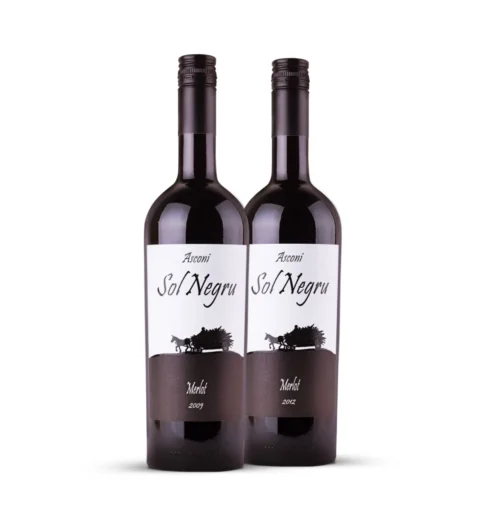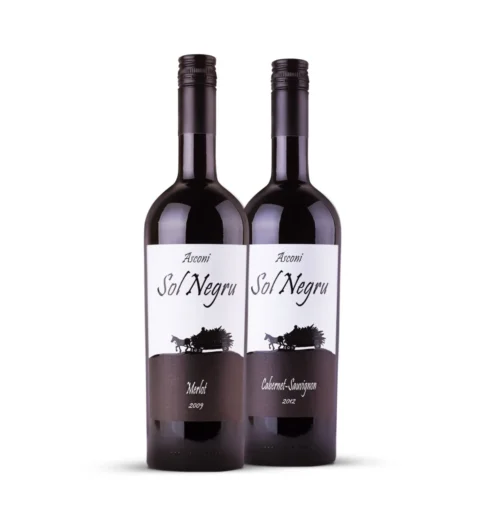🎁 Buy 6 Bottles, Get 6 FREE

Dry Red Wine
Dry red wine is loved by many for its rich flavours and history. Ranging from the strong taste of Cabernet Sauvignon to the smooth feel of Merlot, there is something for everyone.
🎁 Buy 6 Bottles, Get 6 FREE

Dry red wine is loved by many for its rich flavours and history. Ranging from the strong taste of Cabernet Sauvignon to the smooth feel of Merlot, there is something for everyone.
Showing all 9 results









It has never been easier to buy dry red wine online in Australia. Enjoy the convenience of browsing our exclusive selection from the comfort of your home, with Australia-wide shipping available.
We offer free shipping on all orders over $100. Delivery times are efficient, ensuring your order arrives promptly: expect a range of 1-3 business days for Melbourne and surrounding areas and 3-7 business days for deliveries to regional areas.
We offer same-day shipping for orders placed by 12 p.m. Payment is easy and secure: We accept Visa, MasterCard, PayPal, and bank transfers, so you can enjoy your favourite rosé wines without any hassle.
Dry red wine has less sugar because the yeast converts the sugar to alcohol during fermentation. This makes the wine taste savoury rather than sweet. People who like complex flavours without much sweetness may enjoy dry red wines. These wines come from different types of grapes and places, giving them unique flavours and aromas.
The history of dry red wine goes back thousands of years and is part of the history of many civilisations. People first liked wine because it lasted a long time and was safer to drink than water. Over time, wine became a symbol of culture and pleasure.
There are many types of dry red wines, each with its unique flavour, perfect for different tastes and occasions. Here are some of the most important:
Flavour Profile
Dry red wines are known for their strong, sometimes fruity flavours. They get this flavour from tannins found in the grape skins and seeds that make the wine taste dry or astringent. Popular varieties such as Cabernet Sauvignon and Tempranillo are good examples. These wines also have bold flavours, such as dark fruit in Merlot or peppery flavours in Syrah/Shiraz. Even if they aren't sweet, you can still taste fruit flavours like cherries in Pinot Noir or blackberries in Syrah.
Aroma Notes
The aroma of dry red wine is as complex as its flavour, with earthy, spicy and floral notes. For example, Pinot Noir smells floral, while Syrah is spicy and earthy. These aromas can change and become more interesting as the wine breathes or ages. Some wines may even begin to smell vanilla or tobacco, depending on how they're made or aged, which adds to their enjoyment.
Texture and Mouthfeel
How a dry red wine feels in your mouth depends on its tannins and alcohol content. Wines with more tannins, such as Cabernet Sauvignon, have a strong and full feel that leaves your mouth dry. Wines with softer tannins like Merlot are softer and feel more pleasant. The amount of alcohol also affects how the wine feels and adds body. Together, they influence how dry red wine feels, making each sip memorable for its taste and smell.
When pairing food with dry red wine, you can match or mix flavours. Matching flavours means choosing food and wine with similar tastes so they go well together. For example, bold wine goes well with hearty foods because they're intense. Mixing flavours, on the other hand, is about balancing tastes, such as pairing a spicy wine with a rich dish to balance things out and refresh your mouth.
Specific Food Pairings
Serving dry red wine at the correct temperature is essential for maximum enjoyment. Typically, fuller-bodied reds, such as Cabernet Sauvignon and Shiraz, are served below room temperature, around 60-65°F (15-18°C). Medium-bodied reds, such as Merlot and Tempranillo, should be served at about 55-60°F (13-15°C). Serving wine too warm can make the alcohol overpowering, while serving it too cool can mute its flavours and aromas. Investing in a wine thermometer can help ensure your wine is served at the perfect temperature every time.
Dry red wines are characterised by a lack of residual sugar, resulting in a less sweet and more bitter taste compared to other wines. Examples of dry red wines include Cabernet Sauvignon, Merlot, Pinot Noir and Syrah.
Australia is famous for its Shiraz (known worldwide as Syrah), considered a dry red wine. Australian Shiraz is known for its bold flavours, often with notes of blackberry, plum, pepper, and sometimes even tobacco or chocolate, depending on the region in which it is produced.
Dry red wine is often used in cooking to add depth and richness to sauces, stews and marinades. When cooking with dry red wine, choosing a wine that complements the dish is important. For example, a Merlot or Pinot Noir can be great for dishes with earthier flavours. At the same time, a Cabernet Sauvignon can be perfect for heartier, more robust dishes.
Yes, Cabernet Sauvignon is a dry red wine. It is one of the world's most widely recognised red wine grape varieties. It is known for its deep colour, full body and high tannin content, which contributes to its dry flavour profile. Cabernet Sauvignon wines often have flavours of dark fruits such as blackcurrant, along with notes of cedar, tobacco, and sometimes green pepper.